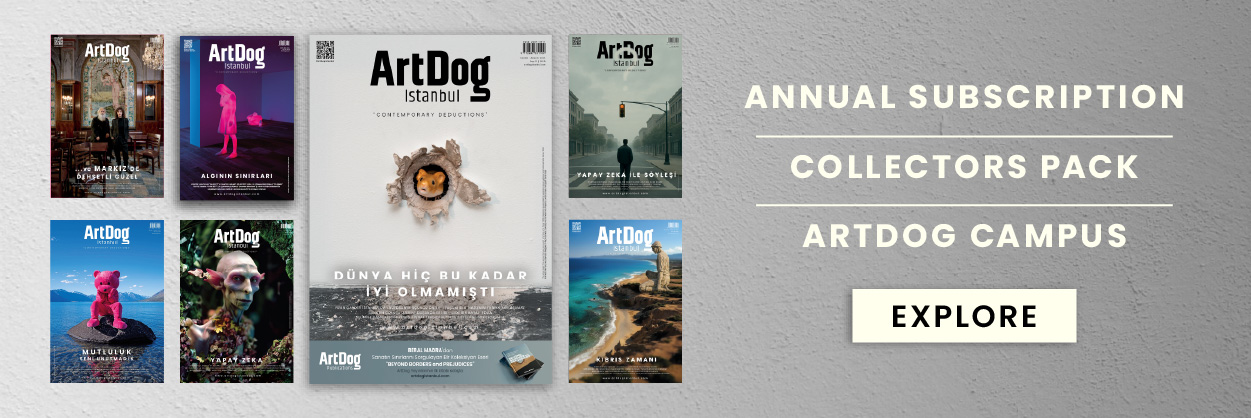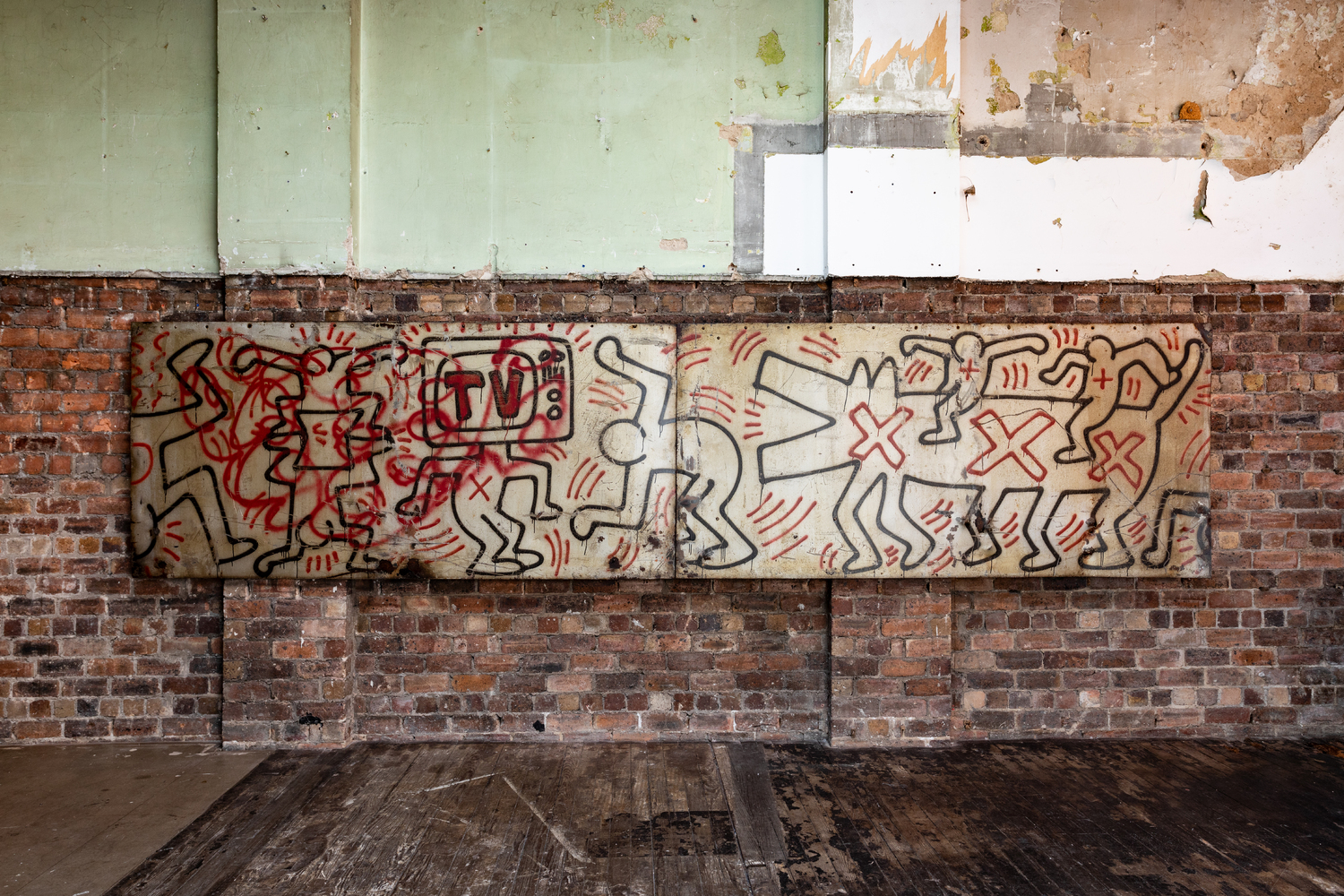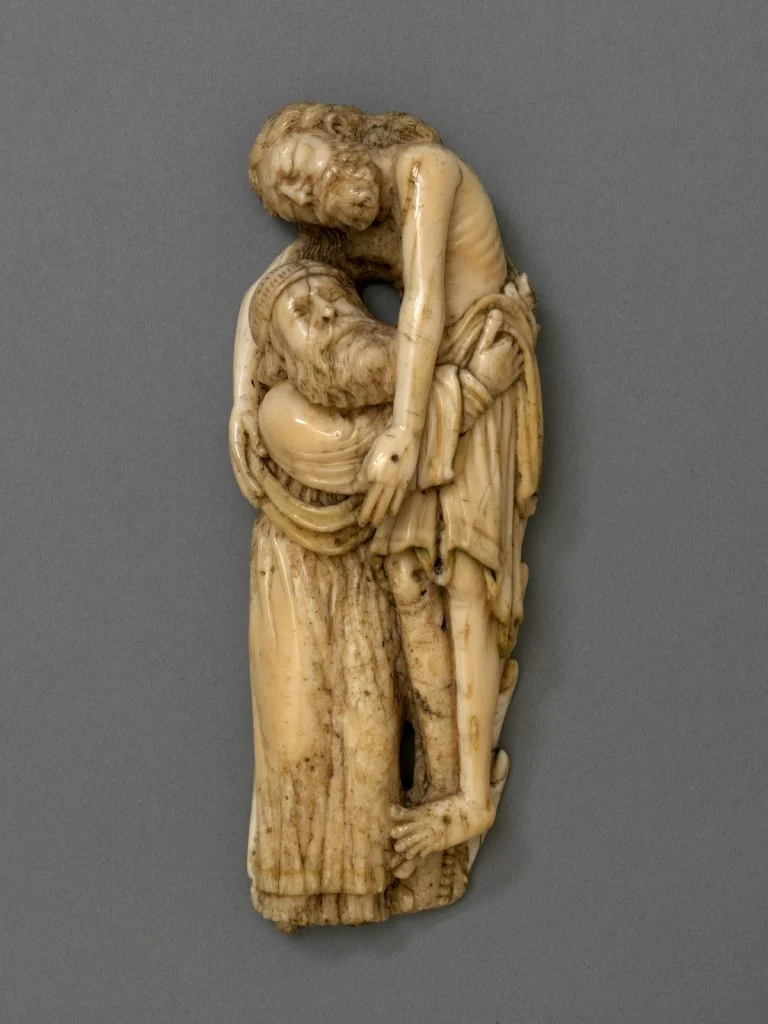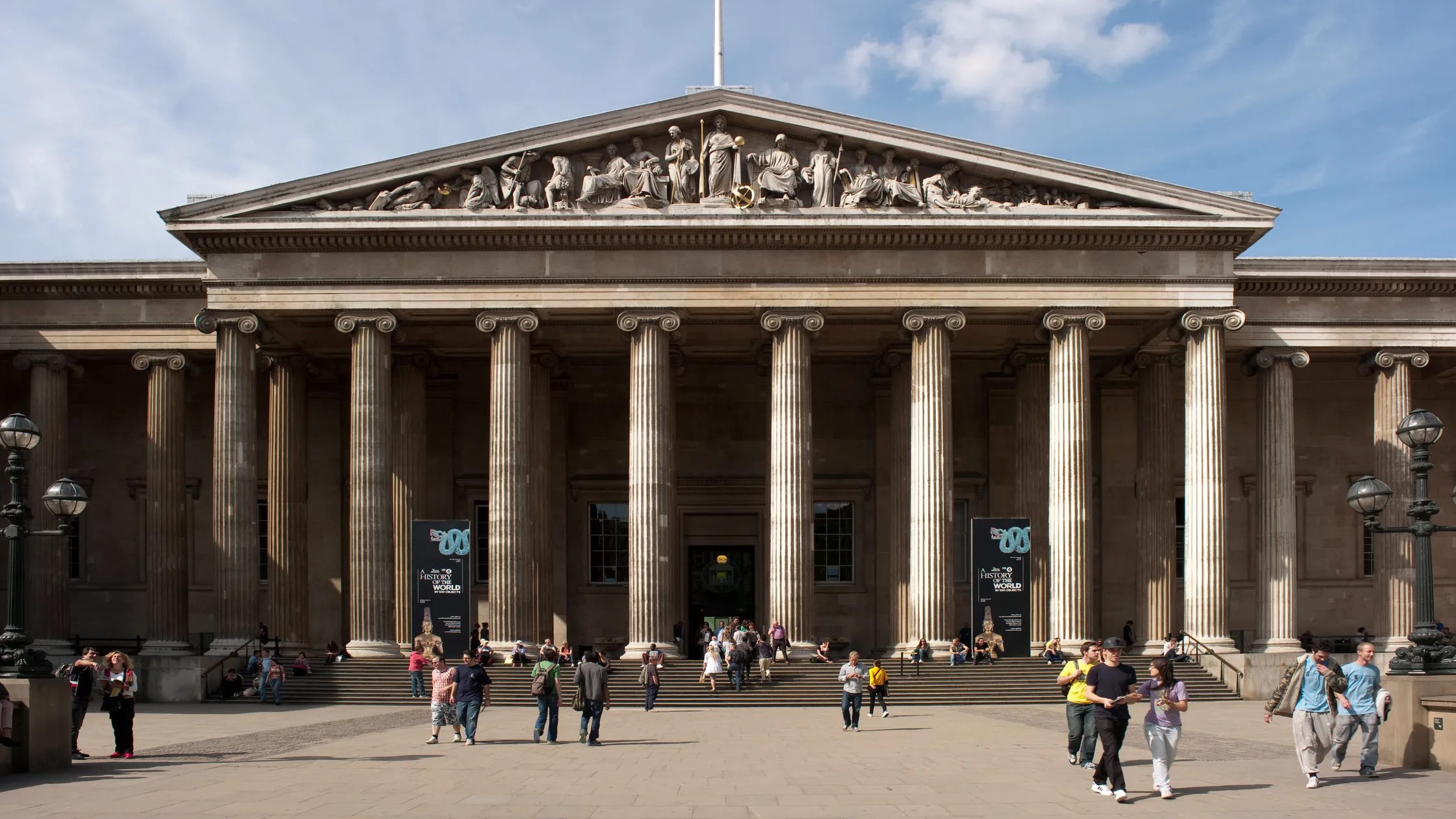The Modern Institute in Glasgow is hosting an exhibition of Haring’s work at its Aird’s Lane Bricks Space from June 7 to September 5, 2024. The Modern Institute, founded in Glasgow in 1997, is renowned for its dynamic program featuring internationally established and emerging artists, including Martin Boyce, Anne Collier, Urs Fischer, and many others. The gallery operates across two spaces in Glasgow, curates both public and private shows worldwide, and participates in major art fairs.
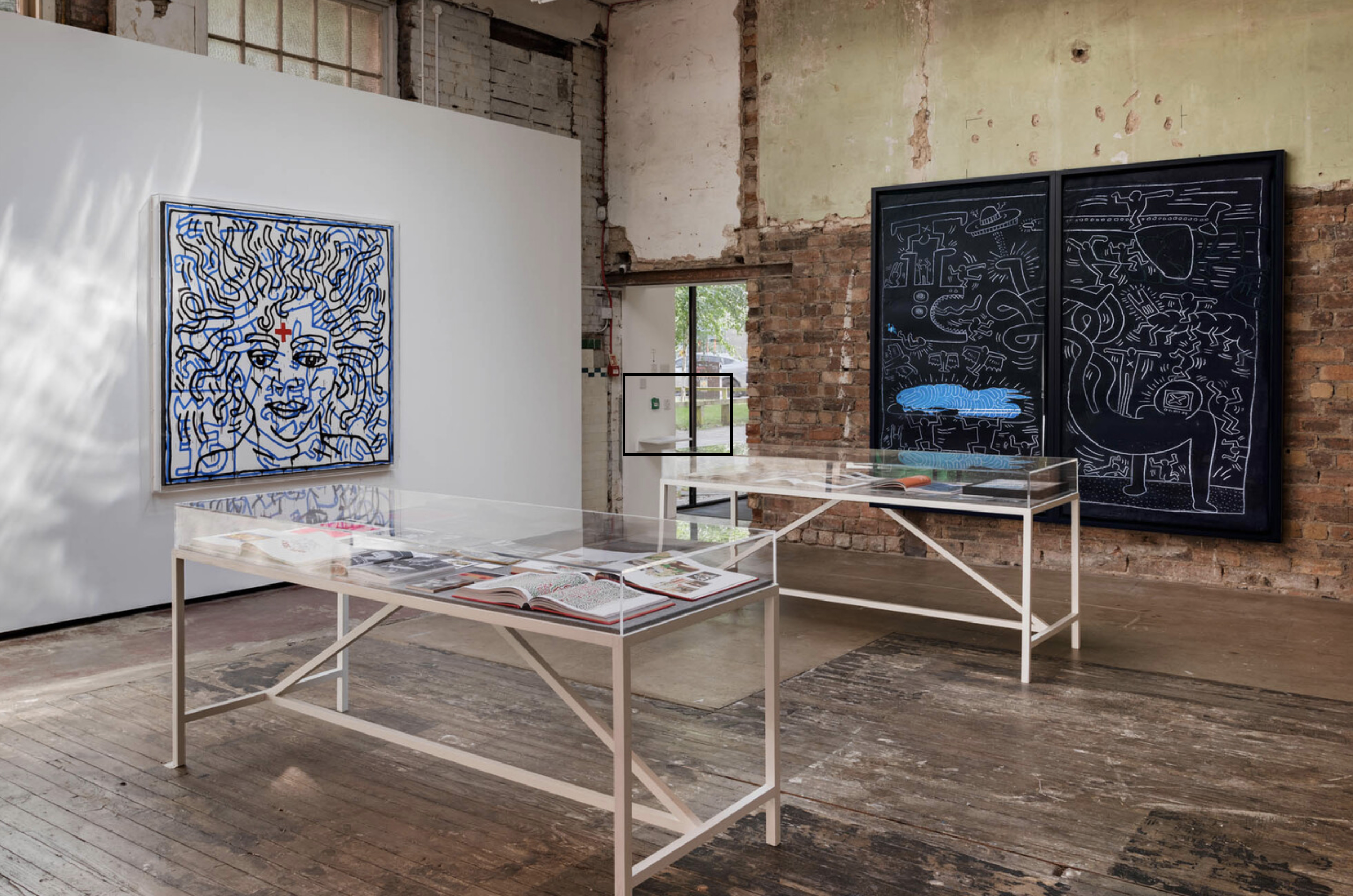
In the vibrant world of New York’s subway system, Keith Haring found his canvas. Recalling his early days, Haring said, “I remember noticing a panel in the Times Square station and immediately going aboveground and buying chalk. After the first drawing, things just fell into place. I began drawing on the subways as a hobby on my way to work. I had to ride the subways often and would do a drawing while waiting for a train.” These words from his essay, ‘The Subway is Still My Favorite Place to Draw,’ in Art in Transit: Subway Drawings (New York City: Harmony Books, 1984), capture the inception of a revolutionary art form born in the tunnels beneath Manhattan.
Keith Haring moved to New York in 1978, invigorated by the calligraphic lines of Pierre Alechinsky, whose work he had admired at the Carnegie Institute Museum of Art in Pittsburgh. His studies at the School of Visual Art (SVA) in New York City, though brief, were influential. He absorbed the ideas of Umberto Eco and semiotics, delving into how symbols acquire meaning through language. During this period, Haring was introduced to the counterculture icons Brion Gysin and William S. Burroughs and their “cut-up” technique, detailed in The Third Mind (1978). By 1980, Haring had discovered his perfect stage: the New York City Subway.
In the 1980s, the graffiti-strewn subway tunnels reflected the city’s chaotic energy. This backdrop, coupled with the resurgence of a more affluent, predominantly white population in Manhattan, created a complex urban tapestry. Haring’s chalk drawings on the black paper panels, used by the Metropolitan Transit Authority to cover advertisements, became a dynamic part of this scene. Despite numerous arrests, Haring’s commitment to his underground art never wavered. The transient nature of his work, often erased to make way for new ads, pushed him to continually evolve his imagery and ideas.
Haring’s subway drawings, numbering in the hundreds, if not thousands, from 1980 to 1985, showcased a visual language honed under the pressures of urban life. He addressed taboo forms of sexuality, critiqued commercial television, navigated fraught political landscapes, and expressed atomic fears. His art captured the subconscious of the city, revealing its repressions and fantasies in vibrant, fluid forms. Notably, Haring’s mural Untitled (FDR NY) from 1984, a 100-meter-long panel along the Franklin D. Roosevelt East River Drive, mirrored the ethos of his subway work by providing a visual respite from the relentless commercialism surrounding it.
Born on May 4, 1958, in Reading, Pennsylvania, Haring’s meteoric career was cut short by his death from AIDS-related complications at thirty-one in 1990. His legacy, however, has only grown. Posthumous solo exhibitions at the Albertina Museum in Vienna and the touring exhibition Keith Haring: The Political Line (2013-2015) across major venues like the Musée d’Art Moderne de la Ville de Paris and the de Young Museum in San Francisco have solidified his global impact. The Whitney Museum of American Art, among other prestigious institutions, has also celebrated his work, ensuring Haring’s vibrant, socially conscious art continues to inspire.
Haring’s works are housed in prominent collections worldwide, including The Museum of Modern Art and The Whitney Museum of American Art in New York, the Los Angeles County Museum of Art, and international venues like the Centre Georges Pompidou in Paris and the Stedelijk Museum in Amsterdam. The Tate Liverpool’s major solo exhibition in 2019, which traveled to BOZAR Brussels in 2020, further emphasized Haring’s enduring influence.

